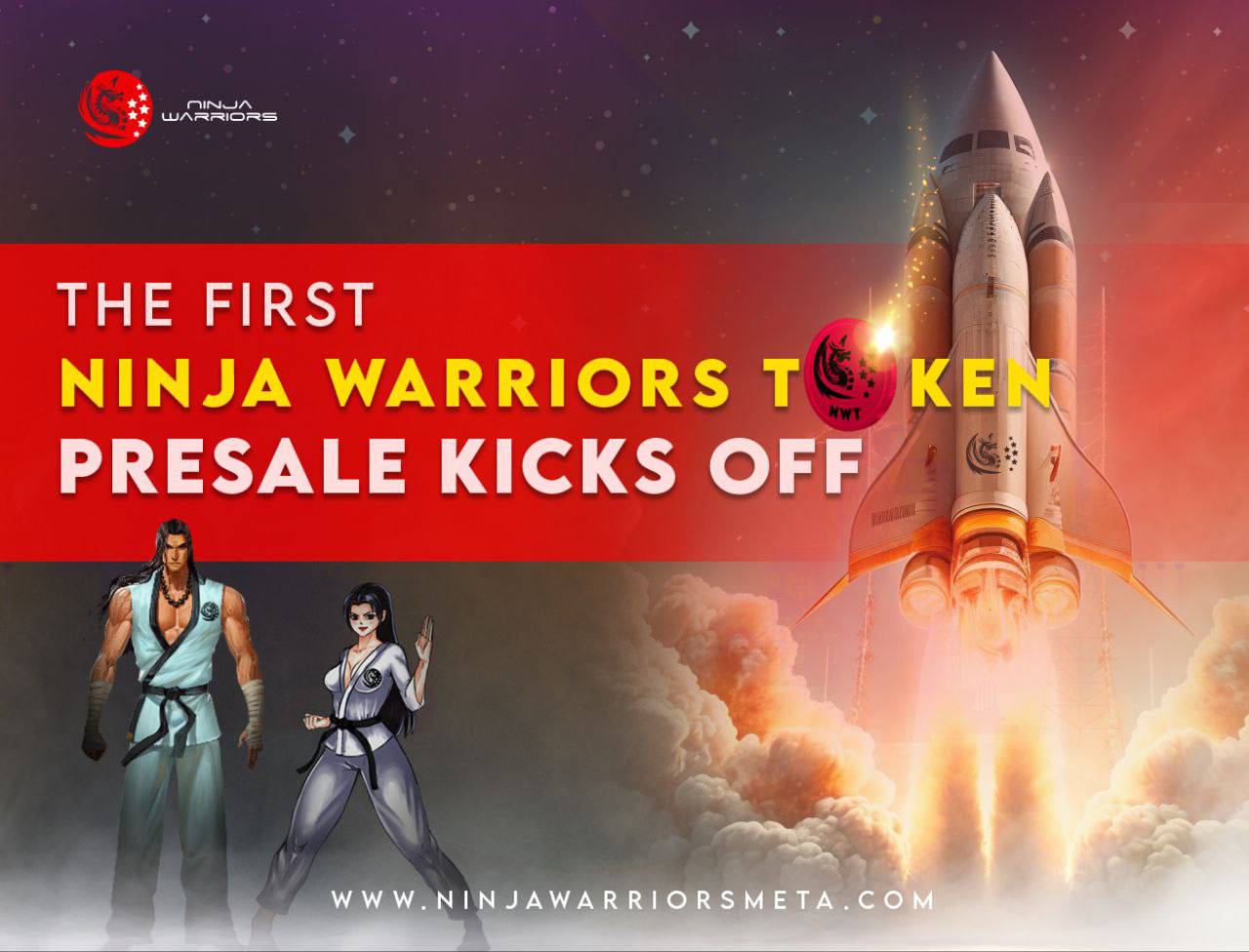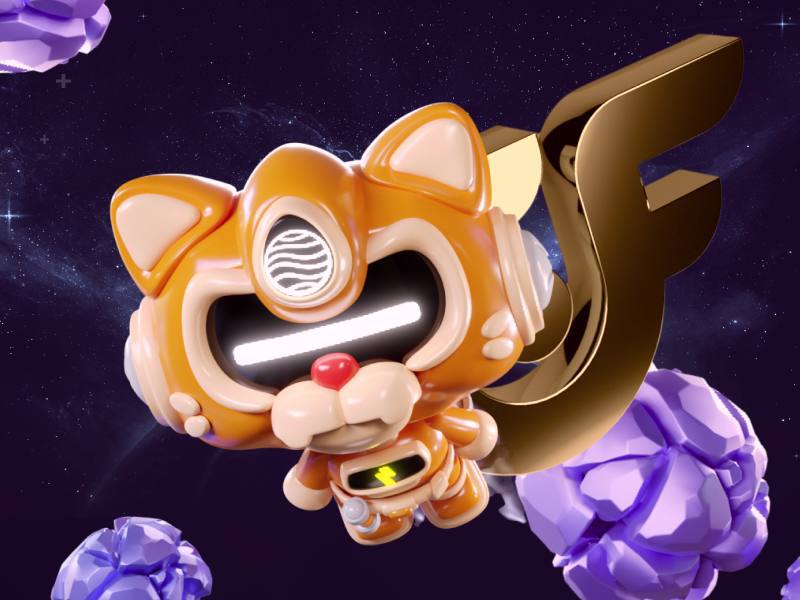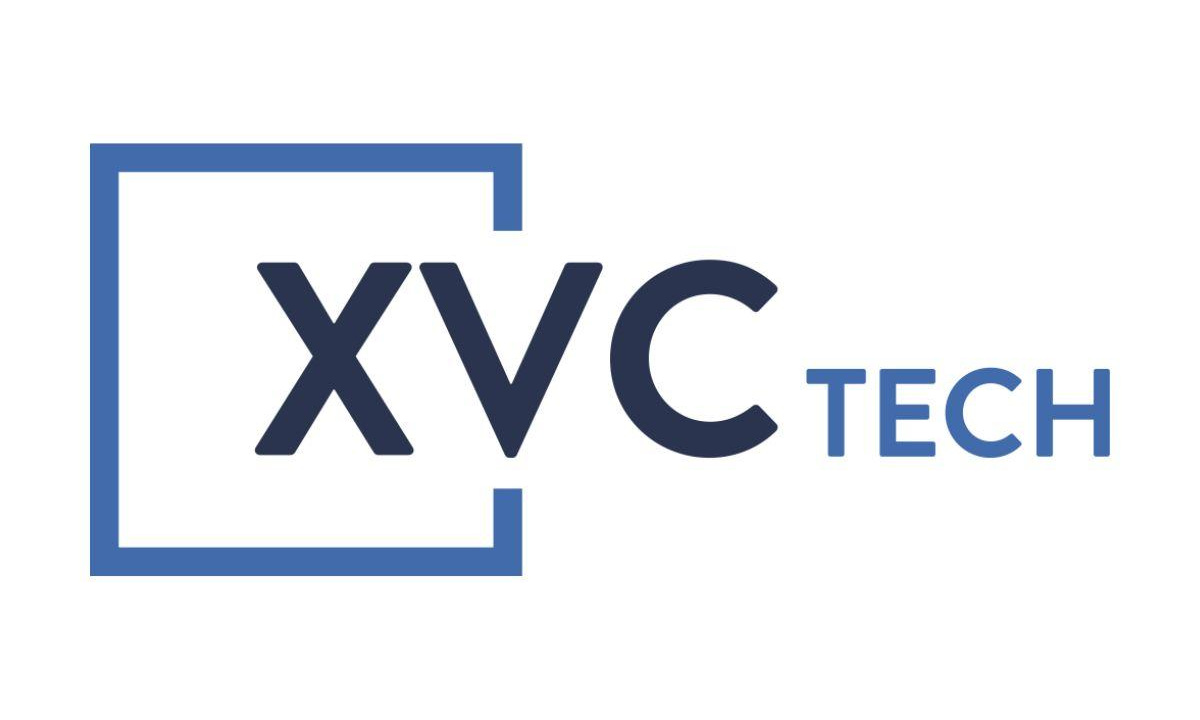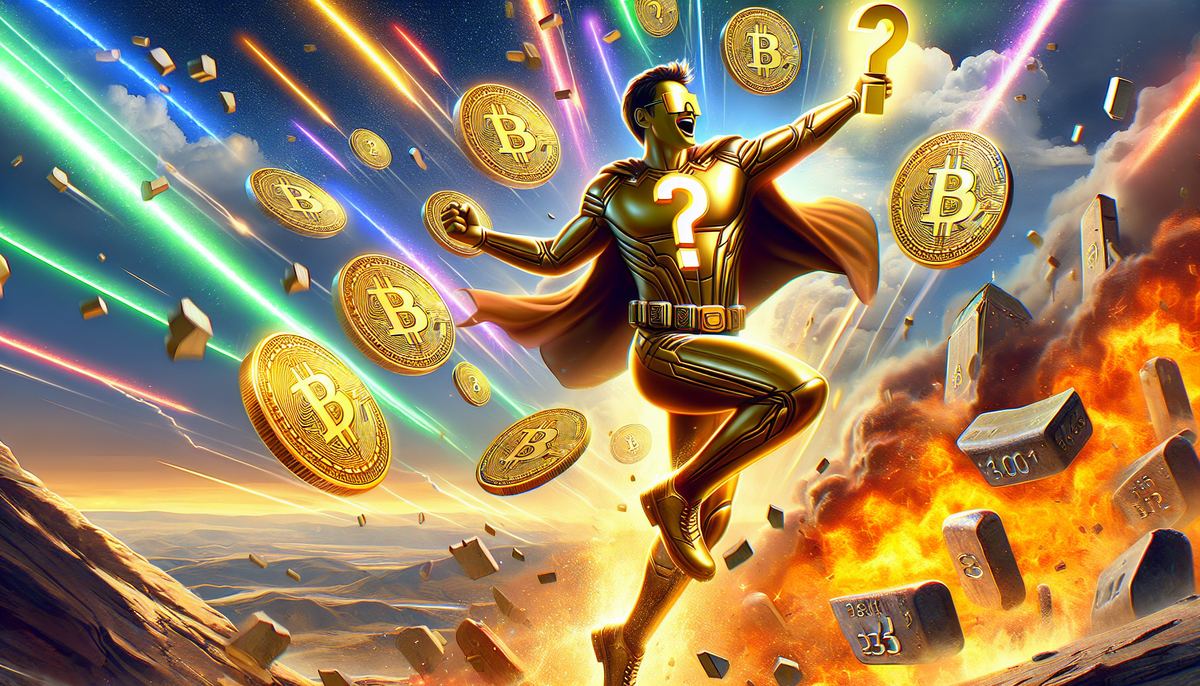There’s no denying the prevalence of blockchain gaming. Over the past year alone the industry has grown 2,000% from Q1 2021 and over $10.5 billion was raised in NFT and blockchain gaming funds in the first half of 2022. Although this industry is booming, there still lingers a hot debate in the background – whether web 3.0 games need to be fun or focus on functionality to ensure sustainable user retention.
There are two types of web3.0 or blockchain games, those that start from the traditional game developer side, and those that are created first based on tokenomics. It is not apparent as to which one of these two approaches to developing blockchain games ensures longer user retention. Some argue that as long as blockchain games provide users with high revenue streams, they would succeed in holding on and increasing their userbase.
Taking a different stand, traditional South Korean game developer Wemade is shifting the paradigm with CEO, Henry Chang stating, “To be a successful video game, games need to be fun. But to make the life cycle of the game longer, games must have well designed in-game economy”. He added “Games that can adapt the blockchain technology such as coins, NFTs and Defi, they can enlarge the economy beyond the game into the real world. The items in the games can be valuable in the real world. Its tokenomics in the game, can make the game more enjoyable. Players can make money from playing games”.
MIR4 Global which was launched just a year ago is certainly the most successful and sustainable blockchain game ever created. Originally developed by a traditional game developer Wemade, the game combines high quality graphics and characteristics with strong in-game economy. Available in 170 countries and in 12 languages, MIR4 has recorded over 20 million accumulative users and $160 million in-game revenue so far.
More Than Just Tokenomics and Functionality
MIR4 has millions of users playing every month with a peak value of 6.5 million in Q4 of 2021, which is exceptional for an MMORPG. The number of concurrent users never drops below half a million, which is proof of a sustainable in-game economy. It is a clear example of successful user retention case of Play and Earn (P&E) games with focus on fun rather than on strict economic gain.
Aware of the social impact P2E games have on individuals, MIR4 is designed so users don't have to spend 12 hours a day just to earn game tokens. Instead, the approach is to give users an incentive to enjoy the game without losing touch with reality. As a result, players can earn some side revenue through the games, without it taking over their lives.
Additionally, MIR4 aims to curb inflation within the ecosystem by ensuring users play and earn and pay. The game incentivizes users to invest their earned tokens back into the game which enhances their gaming experience. By bringing in utility and immersive gameplay to create a fun-filled journey for the players, well-made games with strong in-game economics deliver high user retention rates.
Games that are predominantly not fun, centered around economic profit, however, result in players engaging for a short time, always seeking to cash out and move on to the next highest paying game. When games are not enjoyable, users are not incentivized to spend their earned tokens in the game, therefore driving inflation within the ecosystem. Games that cannot solve inherent inflation problems are doomed from the start!
Regarding P2E’s sustainability, Benjamin Charbit, former Ubisoft Game Director and CEO of Darewise Entertainment, added,
"Sustainability can only be achieved by managing the balance between user growth and inflationary assets. Games need (1) a balanced economic design so that players keep playing and earning, and (2) enough resource sinks to make them spend. Finally, tokens absolutely need utility to incentivize players to collect."
Following on a similar line of thought, when asked about whether P2E games should choose between functionality or fun, the CEO of Shiryo (an NFT trading card game), Jordan Fung said,
"Games should be a low barrier to entry with a focus on giving passionate gamers a great experience. It’s community passion that fleshes out the value in games and creates buzz - paywalls do not. If a game is fun they’ll refer it to friends. If a gamer's time is rewarded with fun items or experiences - their time gives it value. With no fun there are no referrals - without a gauge of value there’s no foundation for the price."
Keeping Up With the Market Momentum
The in-game system ultimately allows players to enjoy the gameplay and then convert their earnings into fiat currency. CEO of FOTA (A Triple-A Metaverse MOBA game), Grey Trinh said,
“GameFi is the inevitable trend for the entertainment market, which allows people to own in-game assets and earn from their favorite characters. With Blockchain and Entertainment, a whole new creative economy is to come. However, the gameplay and finance aspects play in an equal manner. It has to make people feel fascinated in the virtual environment so that they can start the economic activities inside the game. In addition to that, GameFi can go above and beyond to find ways to connect with actual high-end fashion brands to promote their NFTs and boost their brand engagement to GenZ gamers, a.k.a fashion brand, users.”
Wemade has focused on exactly this for over 20 years by creating games that immerse the players into interactive gameplay, great stories, and impressive graphics. Embedded with blockchain technology, well-made fun games will soon be the norm in the industry. Mr. Chang shared his vision for the gaming industry, he said “Within the next three years, all games will be blockchain games, and Wemade will emerge as an open blockchain game platform”.
Disclaimer: This article is provided for informational purposes only. It is not offered or intended to be used as legal, tax, investment, financial, or other advice.














